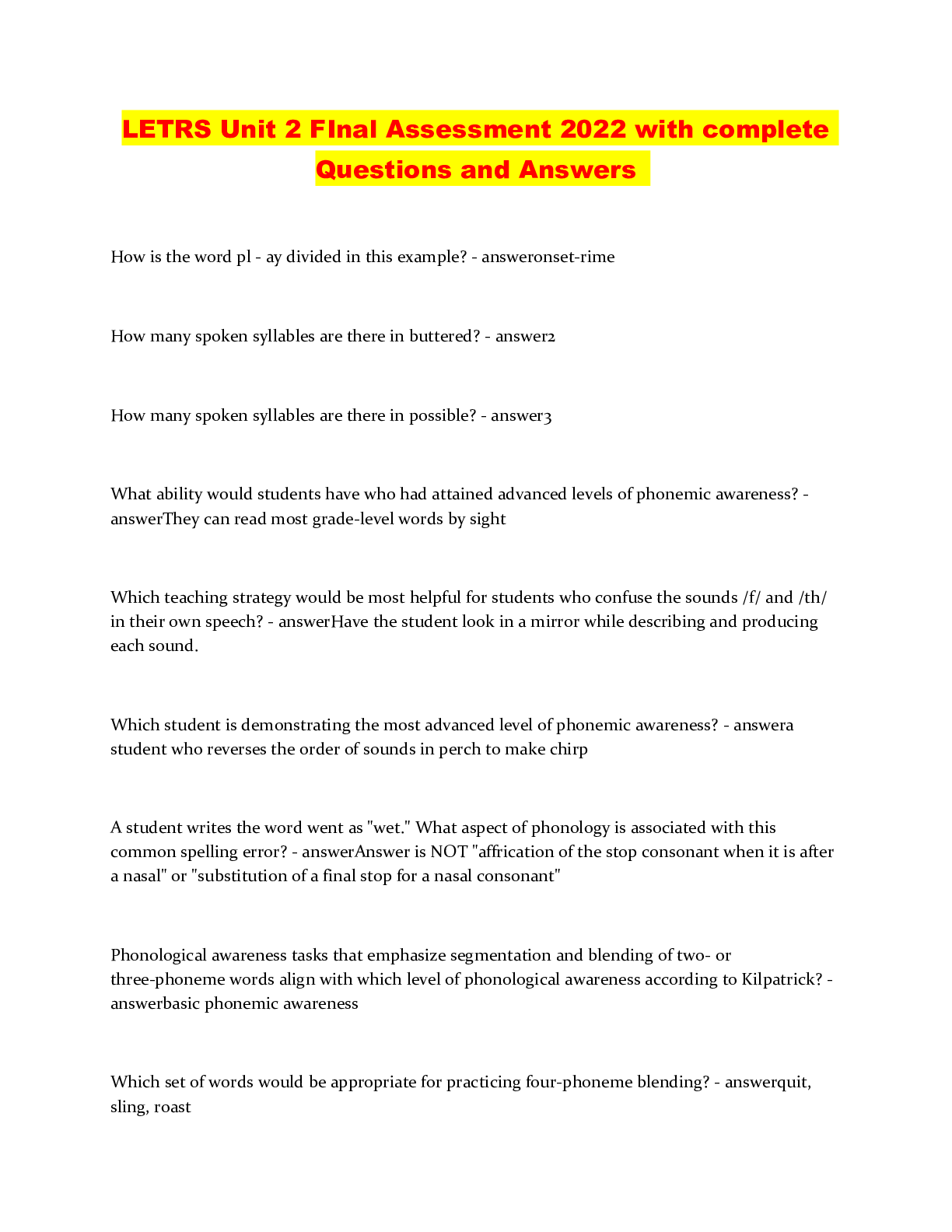Chemistry > QUESTIONS & ANSWERS > Questions and Answers > CHE PHYSICAL CCHEM PHET (All)
Questions and Answers > CHE PHYSICAL CCHEM PHET
Document Content and Description Below
CHE PHYSICAL CCHEM PHET Name: ____________________________________________ Date _____________ Period________ Pre Investigation Questions 1. Is it possible to boil the water? Is it possible to fr eeze ... the water? (Make sure to attach the temperature gauge so you have a guide.) What do you need to do to make these changes? 2. Chill the water as much as possible- then add heat and observe. List below at least three things you noticed (Make sure the energy symbols box is checked.) Part 1. 1. Check the “Energy Symbols” box. 2. Press the pause button at the bottom of the simulator. 3. Click and drag the iron and the brick onto the racks. 4. Click on one bucket. Use the up arrow on your keyboard to dial the bucket to full heat. Repeat for the other bucket. 5. Move the three thermometers, one on each block, and one in the air. 6. Your setup should look like this: 7. Press play. 8. Between the bucket and the block above it, which direction is the heat energy moving? 9. Between the block and the surrounding air, which direction is heat moving 10.After some time, compare the temperatures of the blocks and the air. Which is hotter? 11.In general, heat moves from a hot/cold (highlight one) place to a hot/cold (highlight one) place. 12.Press pause. 13.Click on each bucket and use the down arrow on your keyboard to move each bucket to full cool. 14.Press play. 15.Between the bucket and the block above it, which direction is the heat energy moving? 16.Between the block and the surrounding air, which direction is heat moving? 17.After some time, compare the temperatures of the blocks and the air. Which is hotter? 18.Click “Reset All” Part 2. 1. Press pause. 2. Match the setup from step 6 in part 1. 3. Press play, and watch the thermometers on the blocks. 4. Do the blocks gain temperature at the same rate? If not, which gains faster? 5. Do the blocks absorb heat at the same rate? If not, which gains faster? 6. How many energy particles can the brick hold? How many can the iron hold? (You may have to pause to count these.) 7. Which block is at a higher temperature? 8. Press pause. 9. Move the iron block into the water. 10. Move the thermometer from the air so that its touching the water. 11. Watch the energy particles and the thermometers as you press play. 12. What happens to the energy particles? Which direction do they travel (into the water or into the iron?) 13. What happens to the thermometers? After some time, which is hotter, the iron or the water? 14. Keep watching. Where do the energy particles start to go? 15. What happens to the temperature as the particles leave? 16. What does temperature measure? Part 3. 1. Click “Reset All” 2. Press pause. 3. Check the “Energy Symbols” box. 4. Place the bucket of water on one rack, and the brick on the other. 5. Attach a thermometer to the brick and place a thermometer in the water. 6. Click on each bucket and use the arrow keys on your keyboard to dial each up to full heat. 7. Press play. 8. Watch the temperature of the water. What happens to the water when the temperature stops going up? 9. Which has the higher maximum temperature, the brick or the water? Energy Systems Tab 1. Click around and explore what the symbols mean make sure to click on the Energy symbols tab. What do the different symbols mean? What are the different types of energy circulating? For the source of energy- describe the picture and if there is any energy transfers that happen. Example: the teapot goes from thermal to mechanical. Make your lists below: Electrical Energy - Thermal Energy Chemical Energy Mechanical Energy 2. Compare the two types of light bulbs. How are the CFL’s (compact fluorescent lamps) different than the incandescent bulbs? Which one releases more thermal energy- how is the process different? 3. In the teapot energy source, thermal energy transforms into mechanical energy. 4. In the image below there is a E with a dotted line. (or look at what is happening inside the wheel/motor) Using your knowledge of how an motor/engine works, what do you think it stands for/represents [Show More]
Last updated: 1 year ago
Preview 1 out of 4 pages
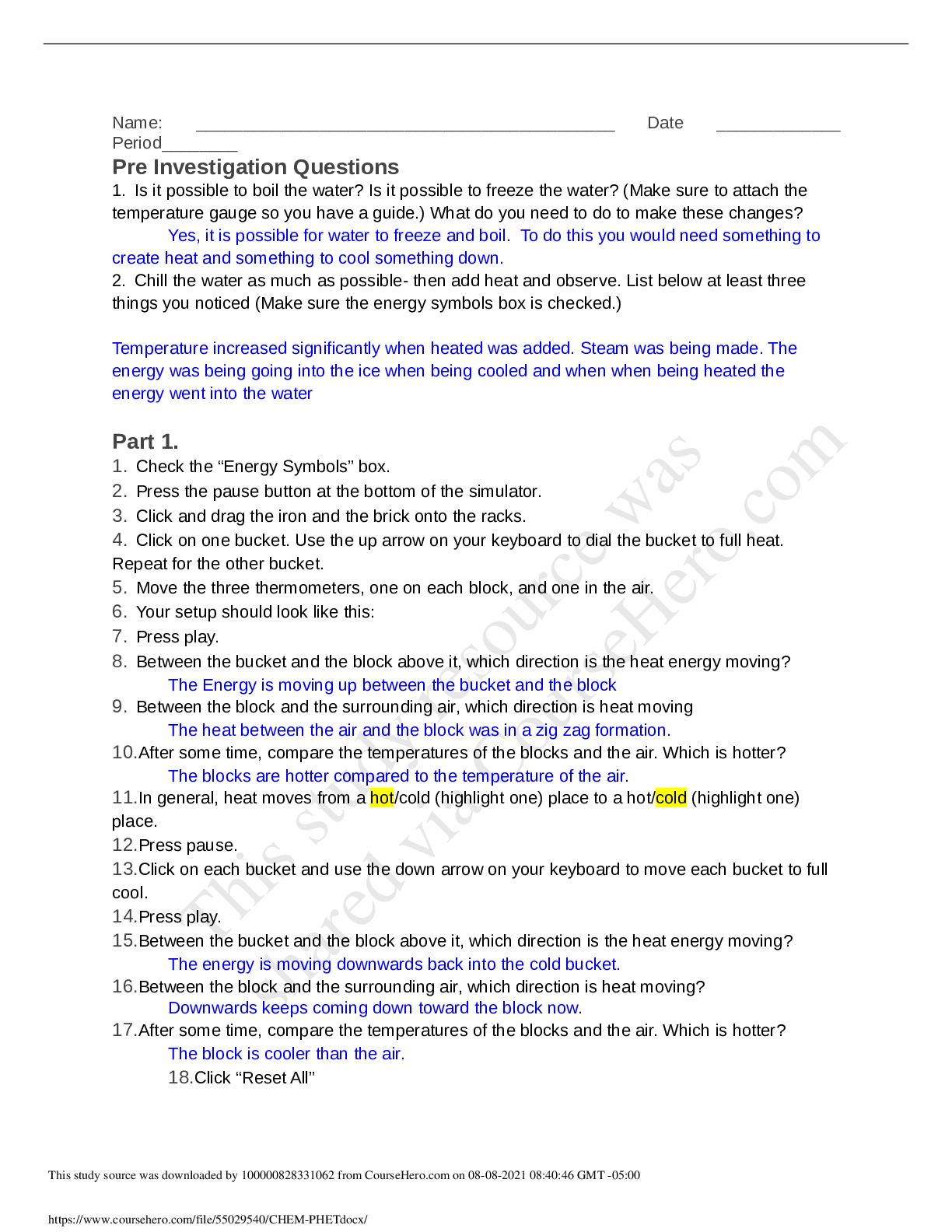
Reviews( 0 )
Document information
Connected school, study & course
About the document
Uploaded On
Aug 08, 2021
Number of pages
4
Written in
Additional information
This document has been written for:
Uploaded
Aug 08, 2021
Downloads
0
Views
83

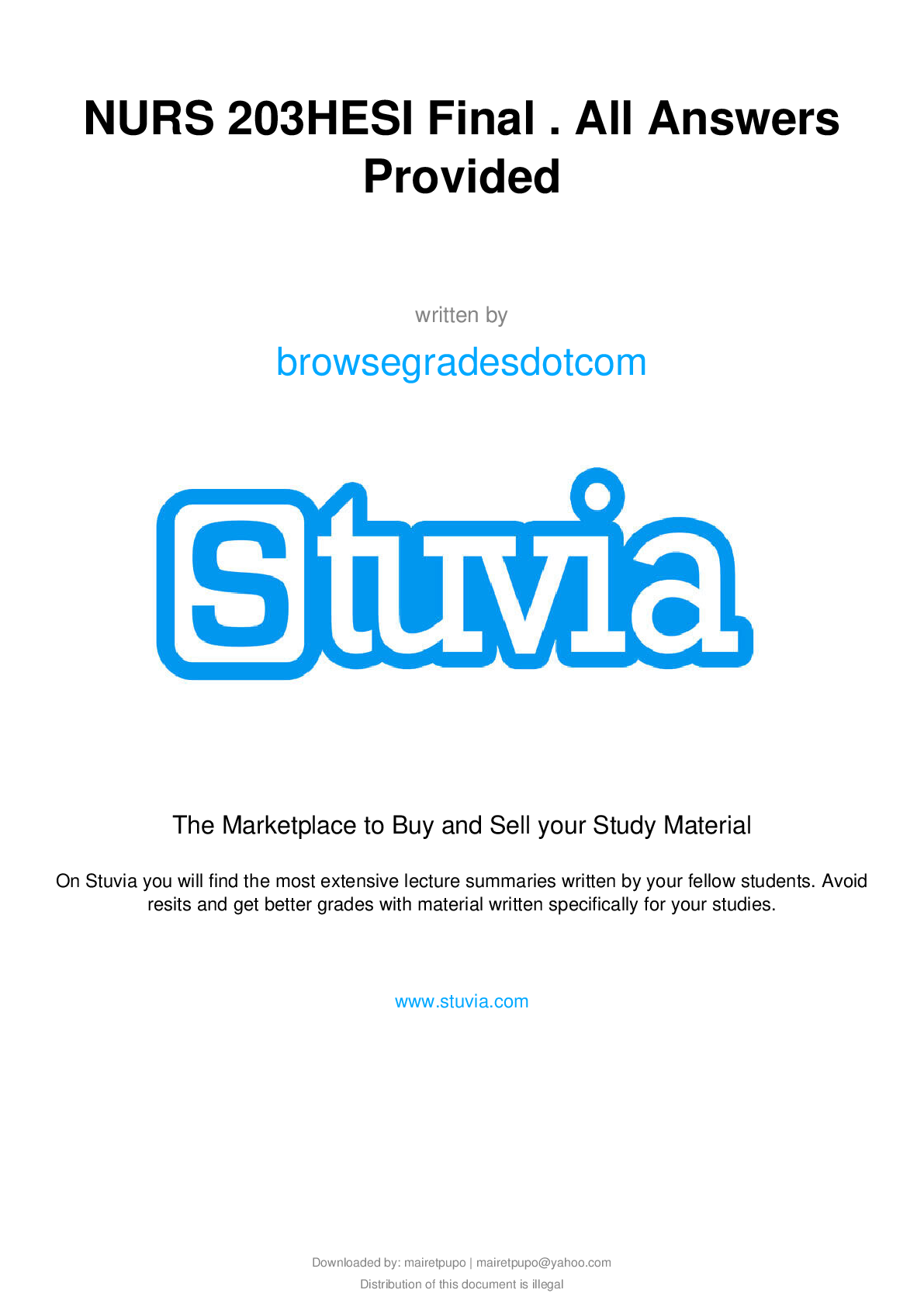
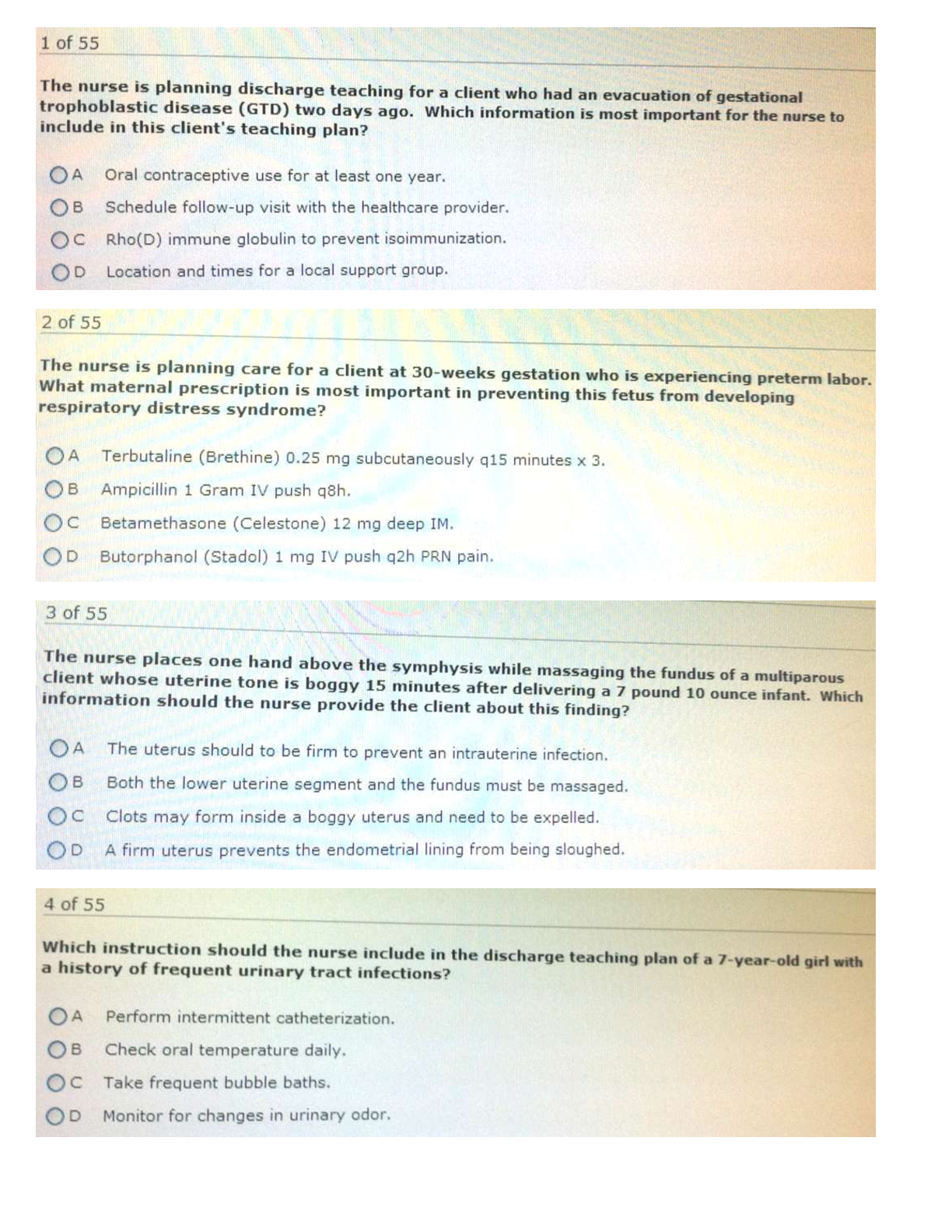
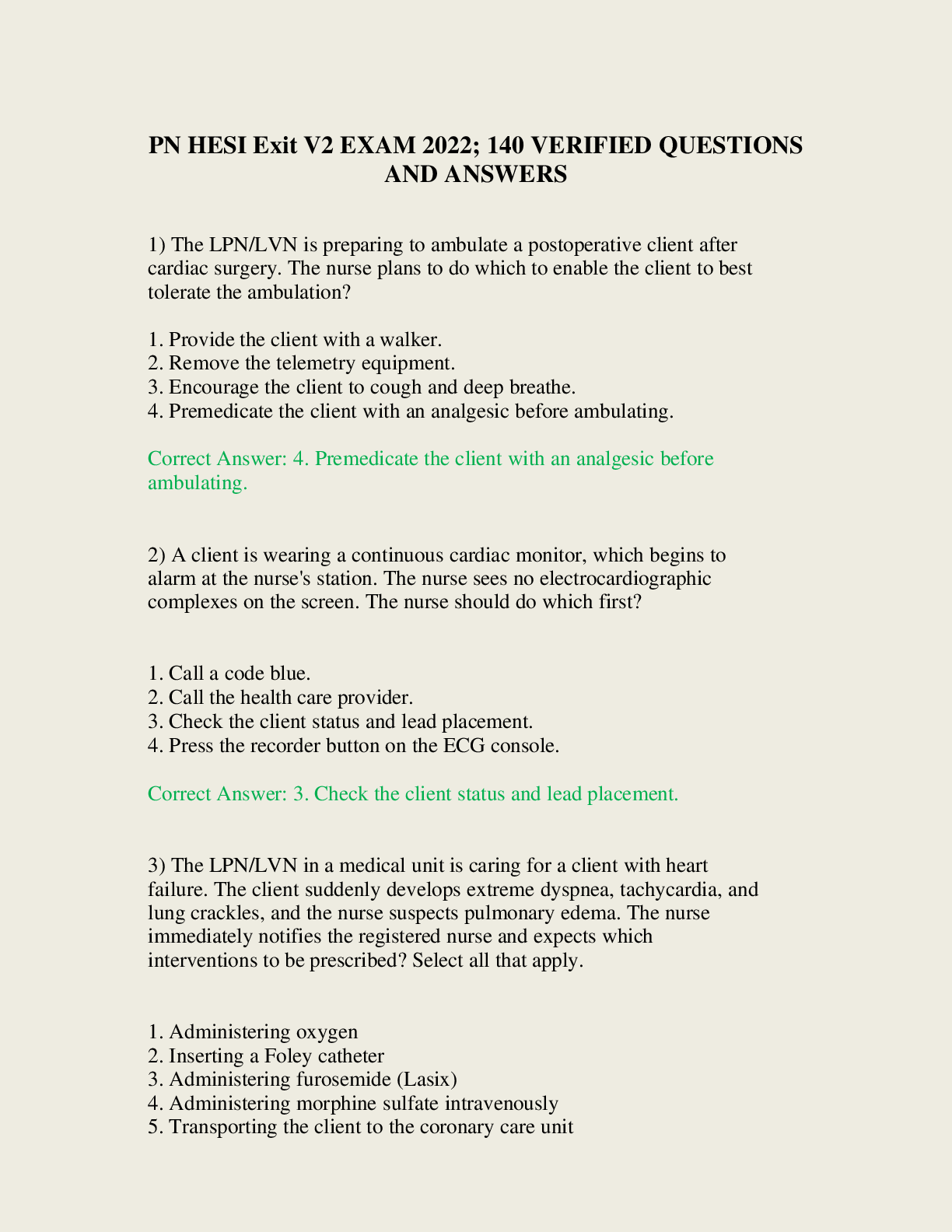
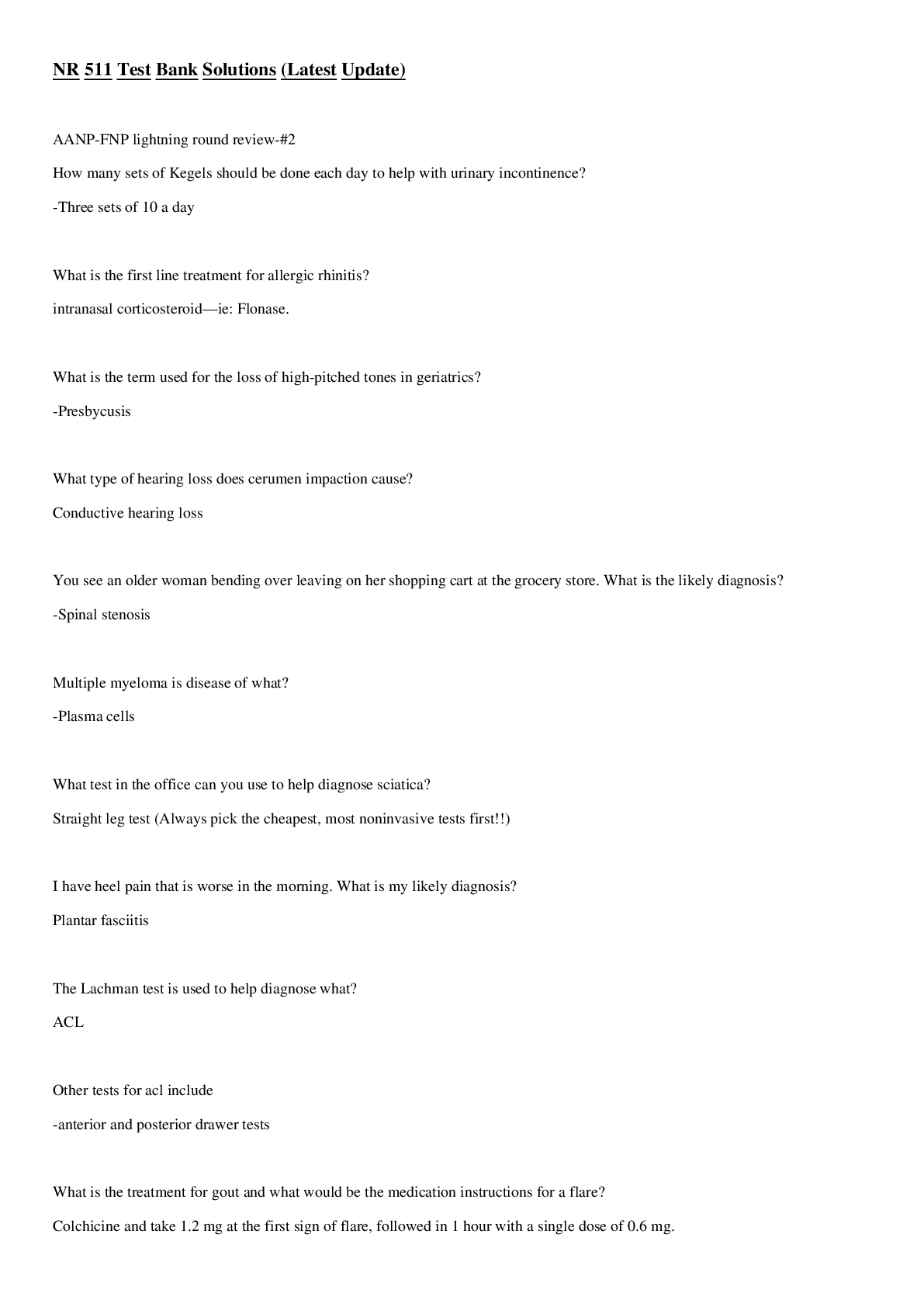

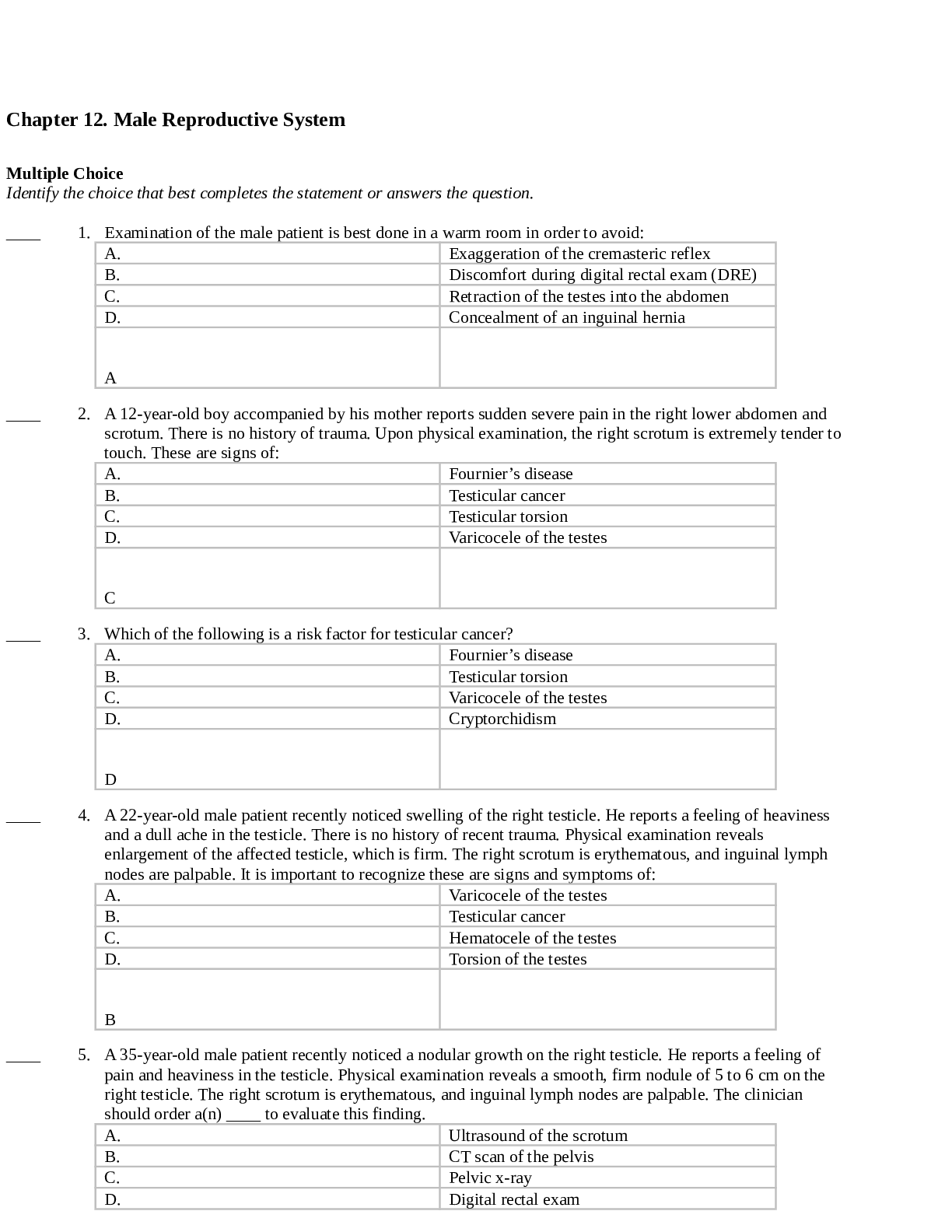
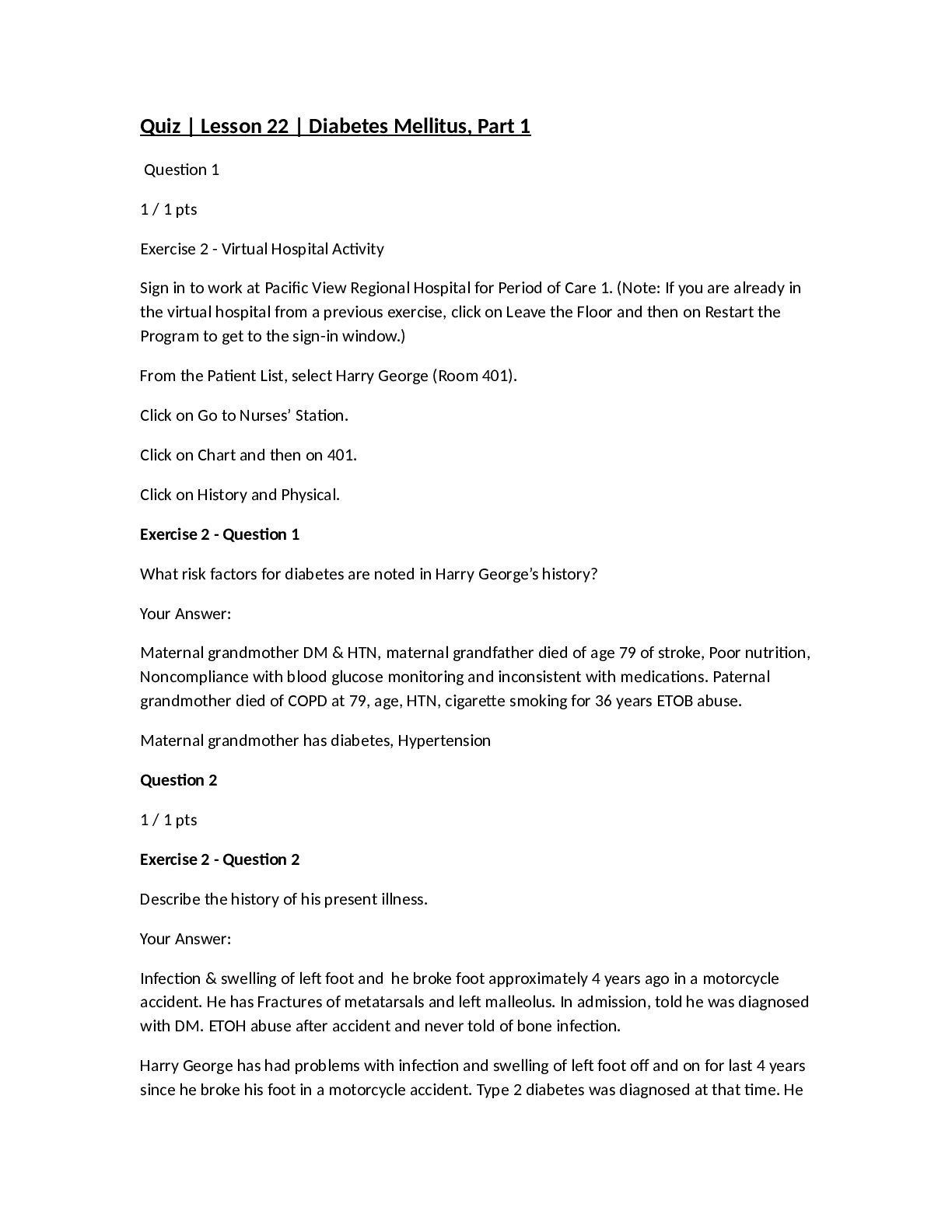
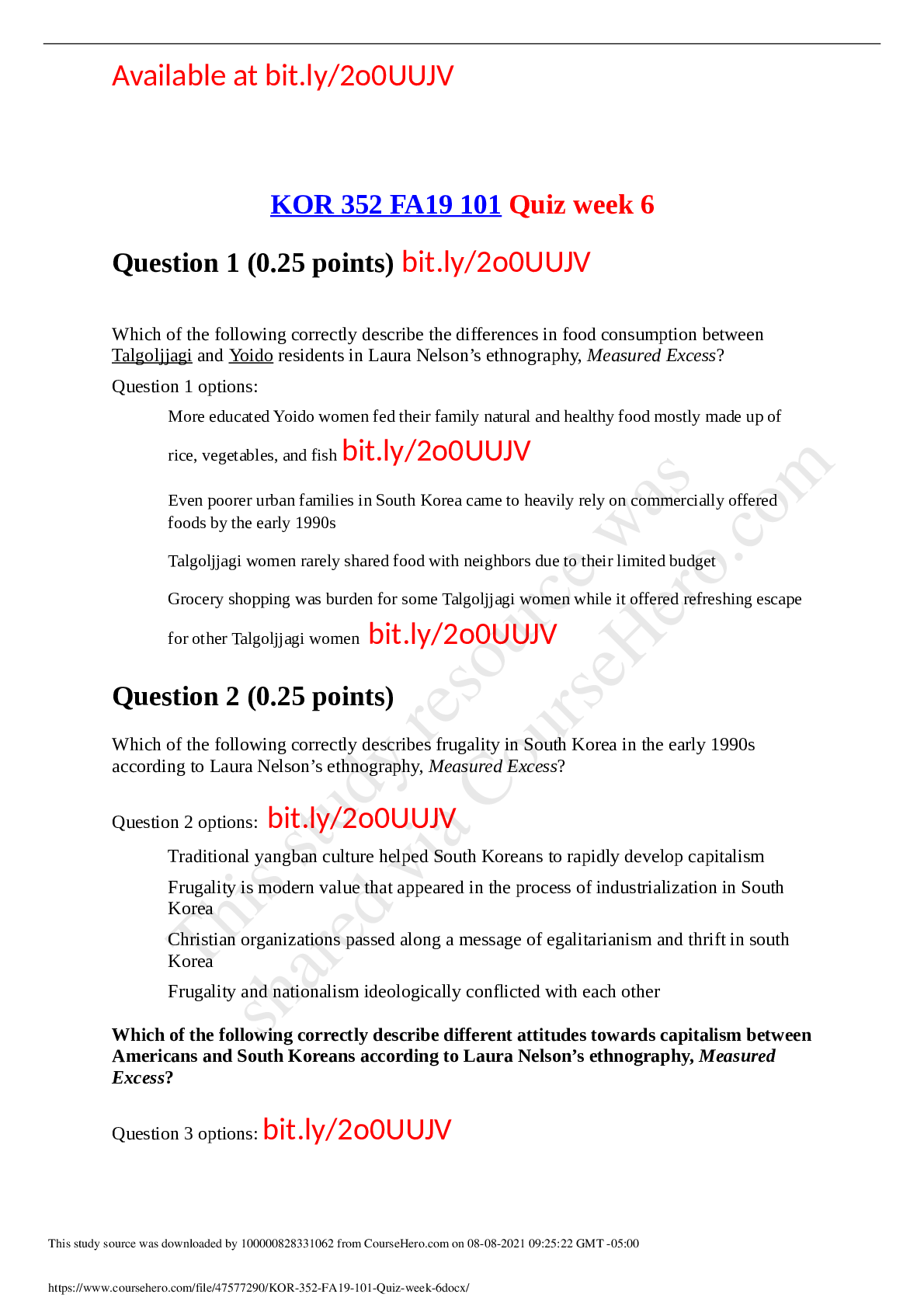
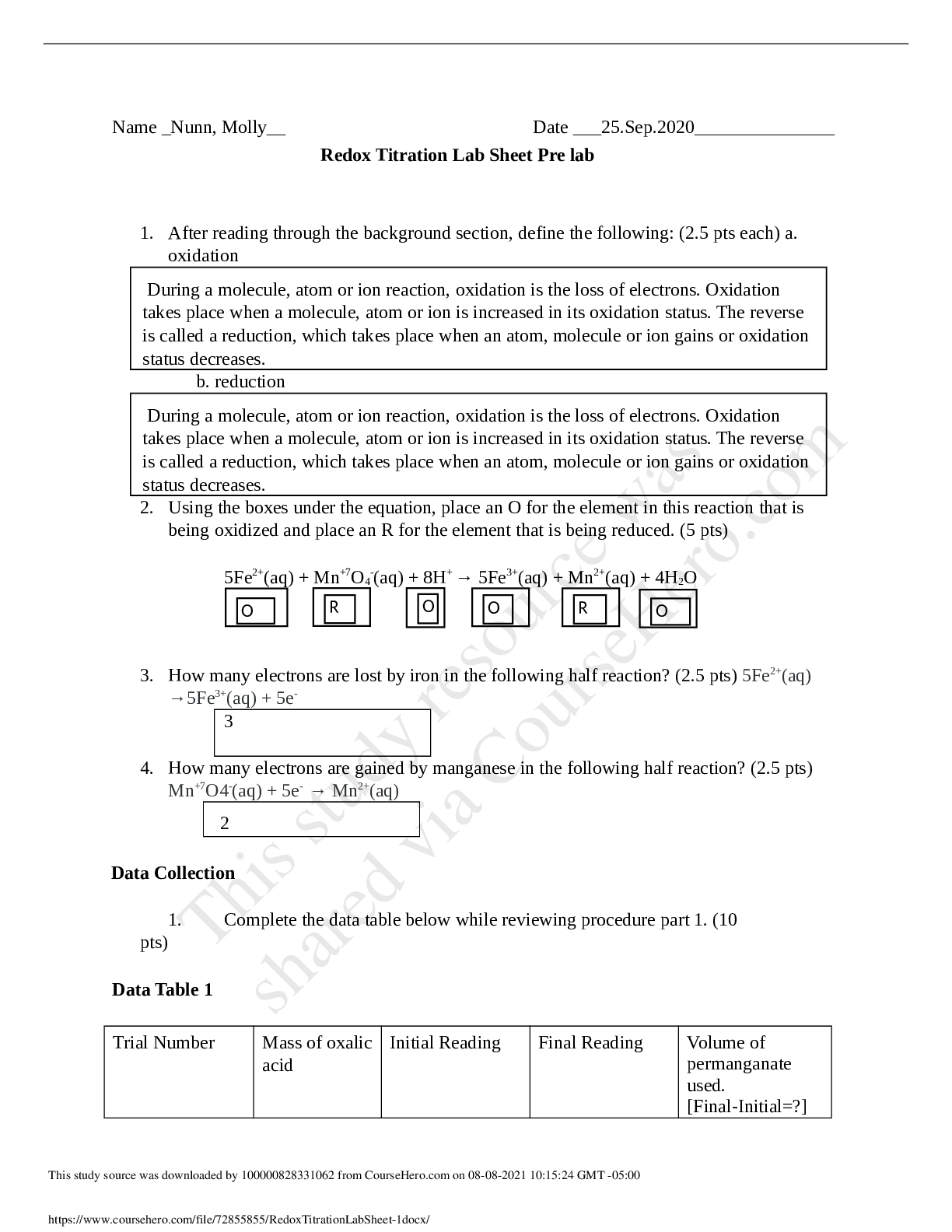
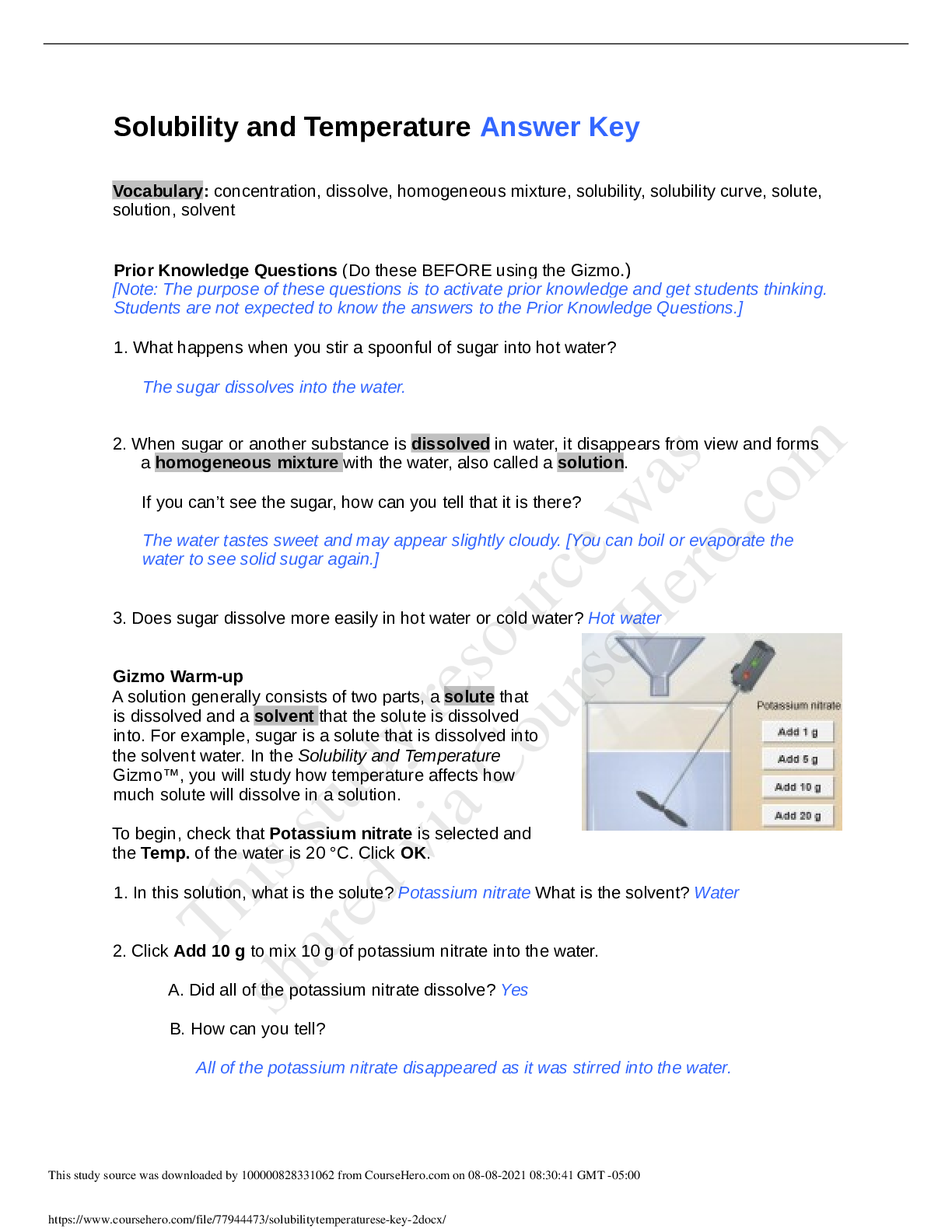
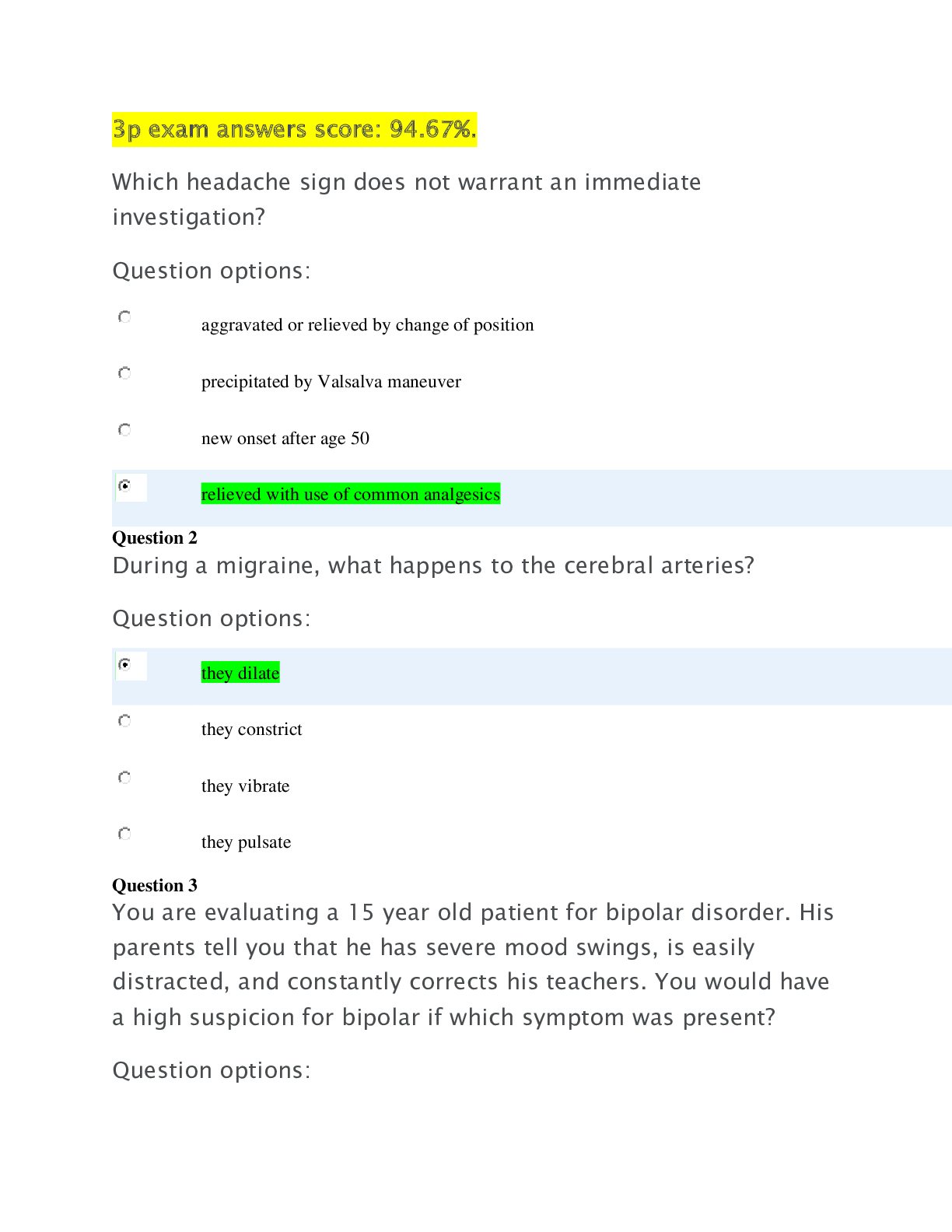

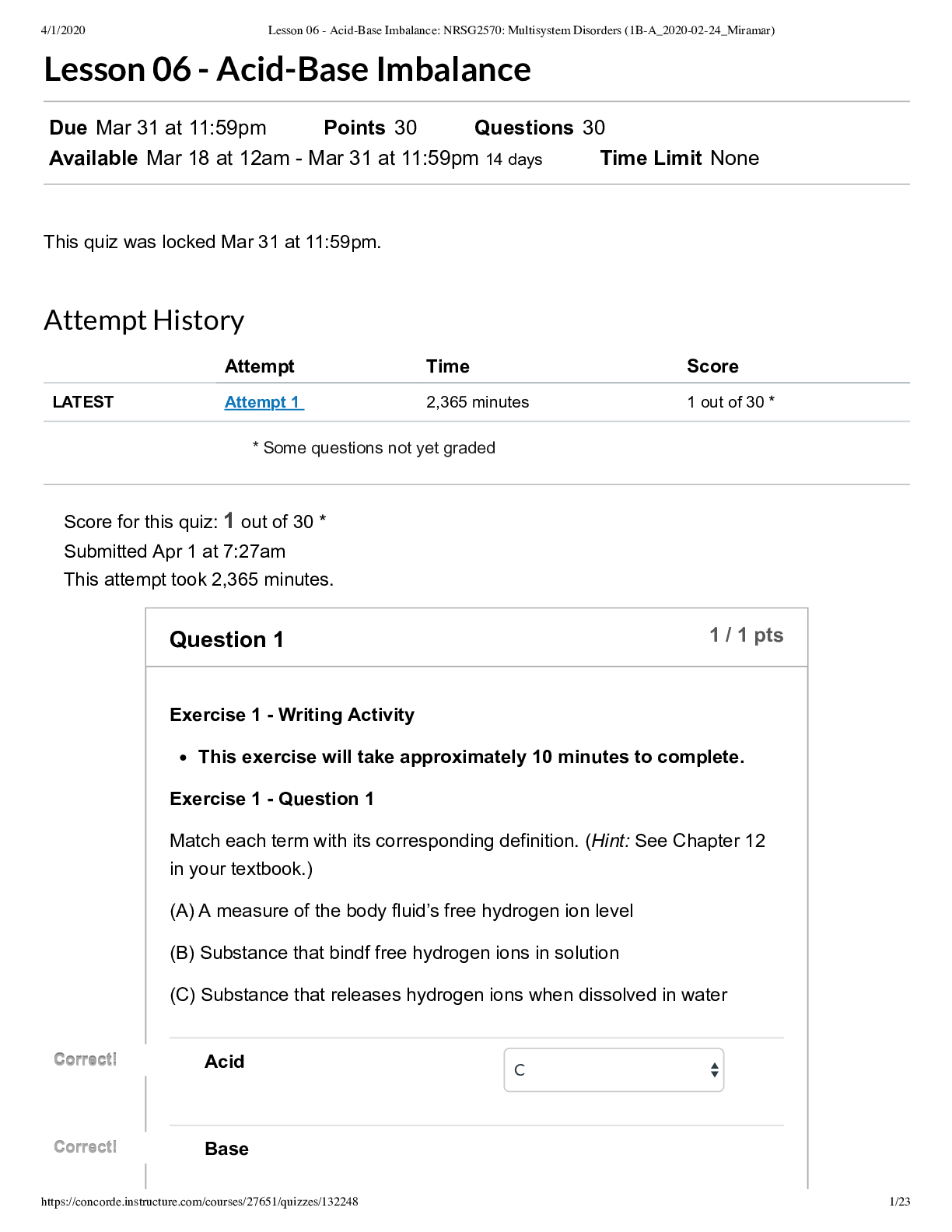
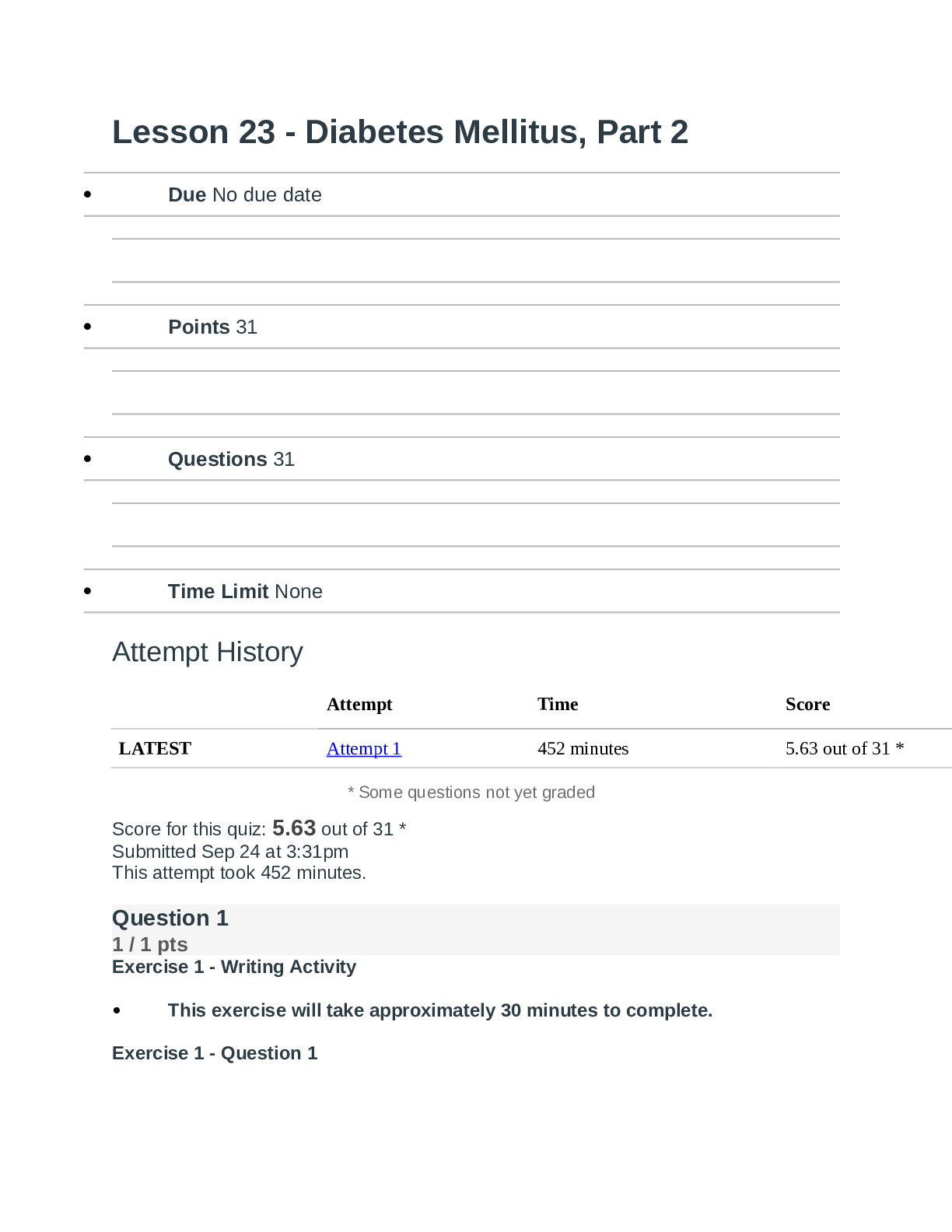

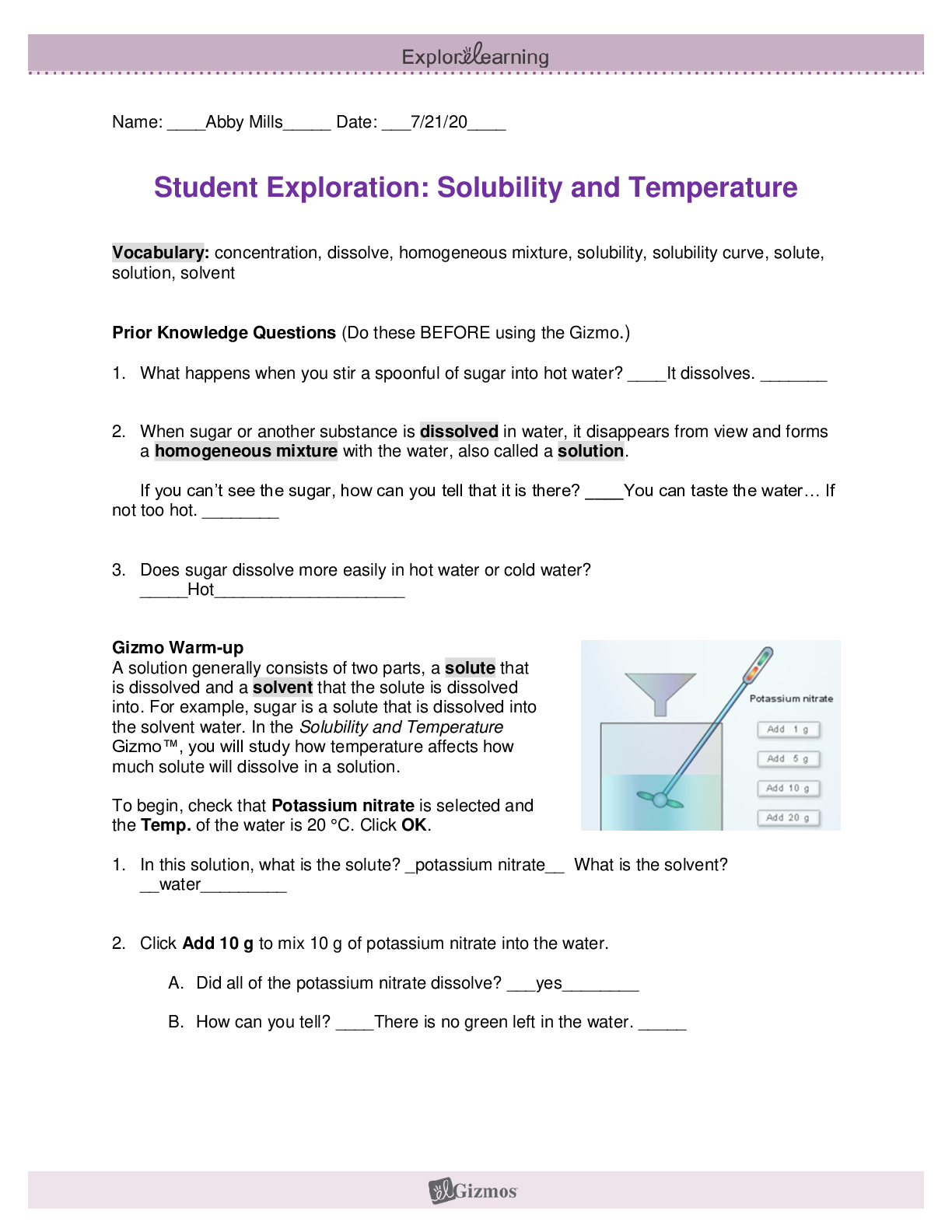



.png)

.png)

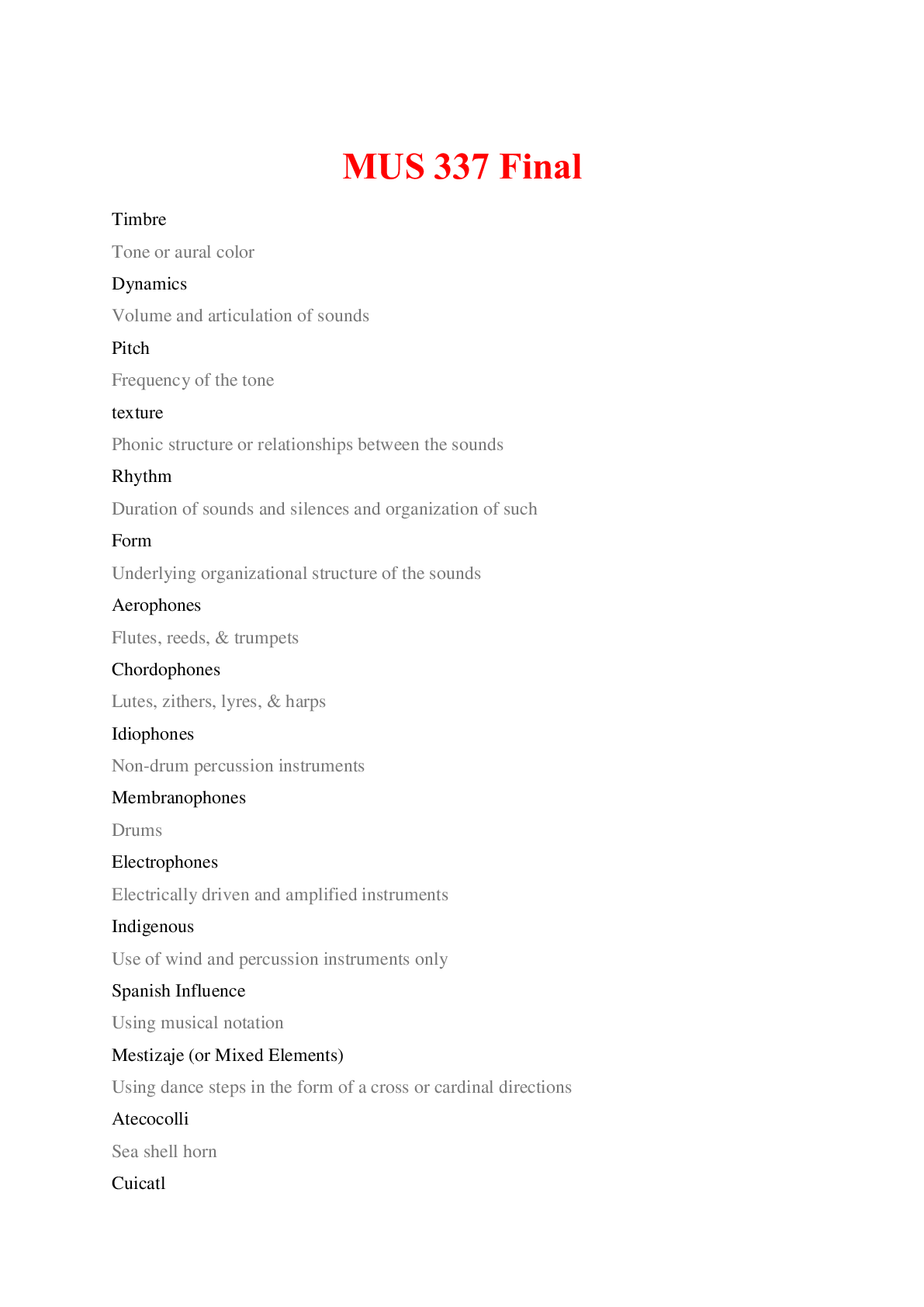

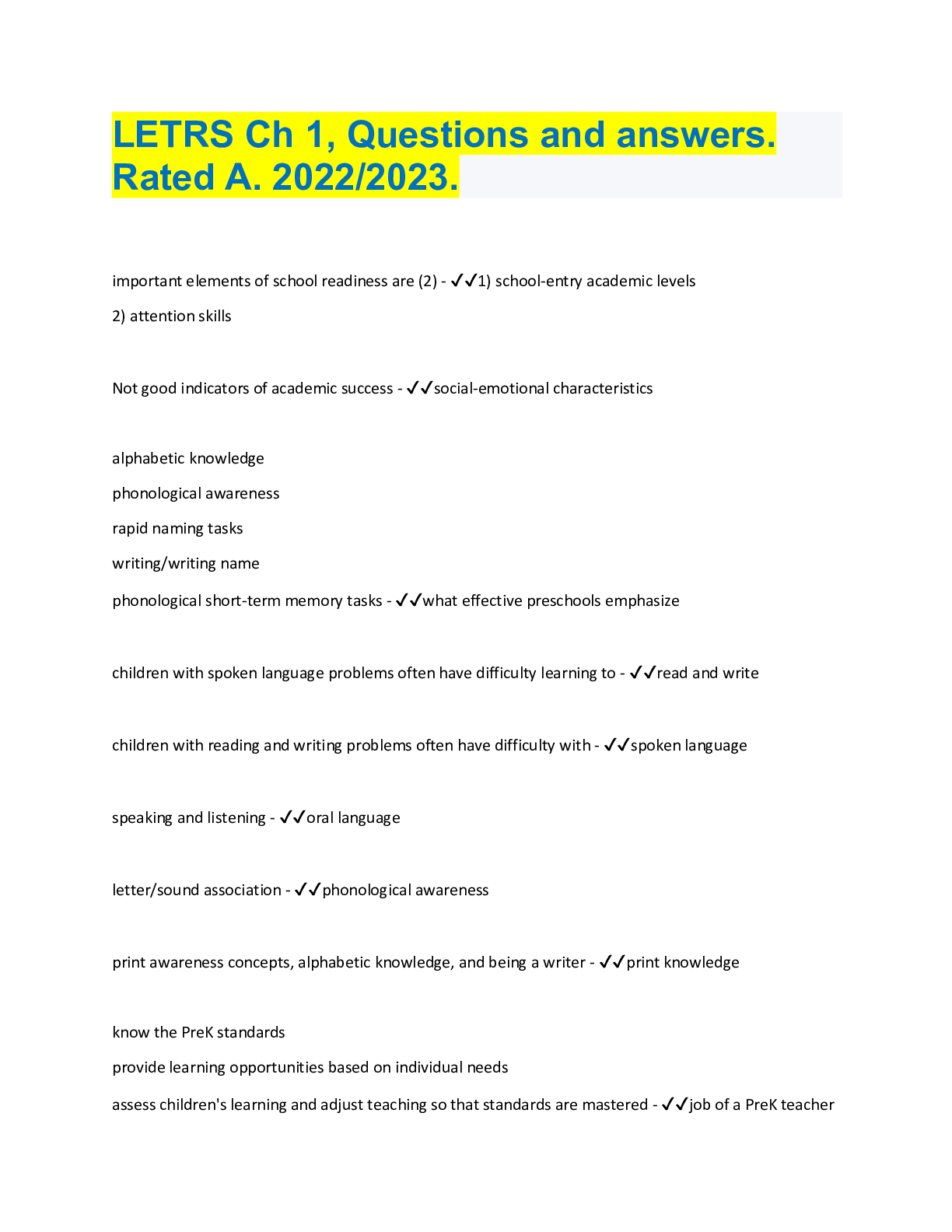
.png)
.png)

.png)
